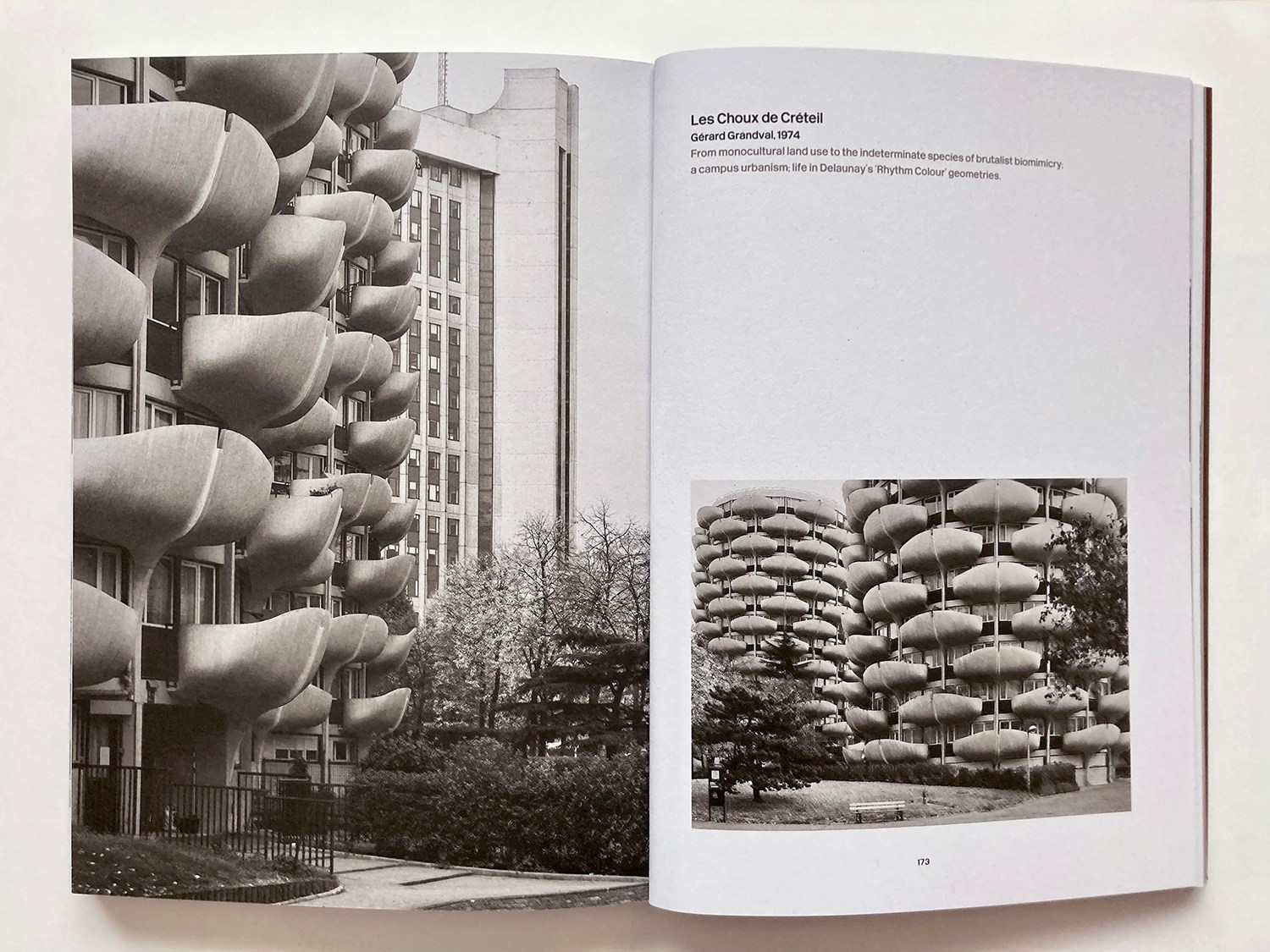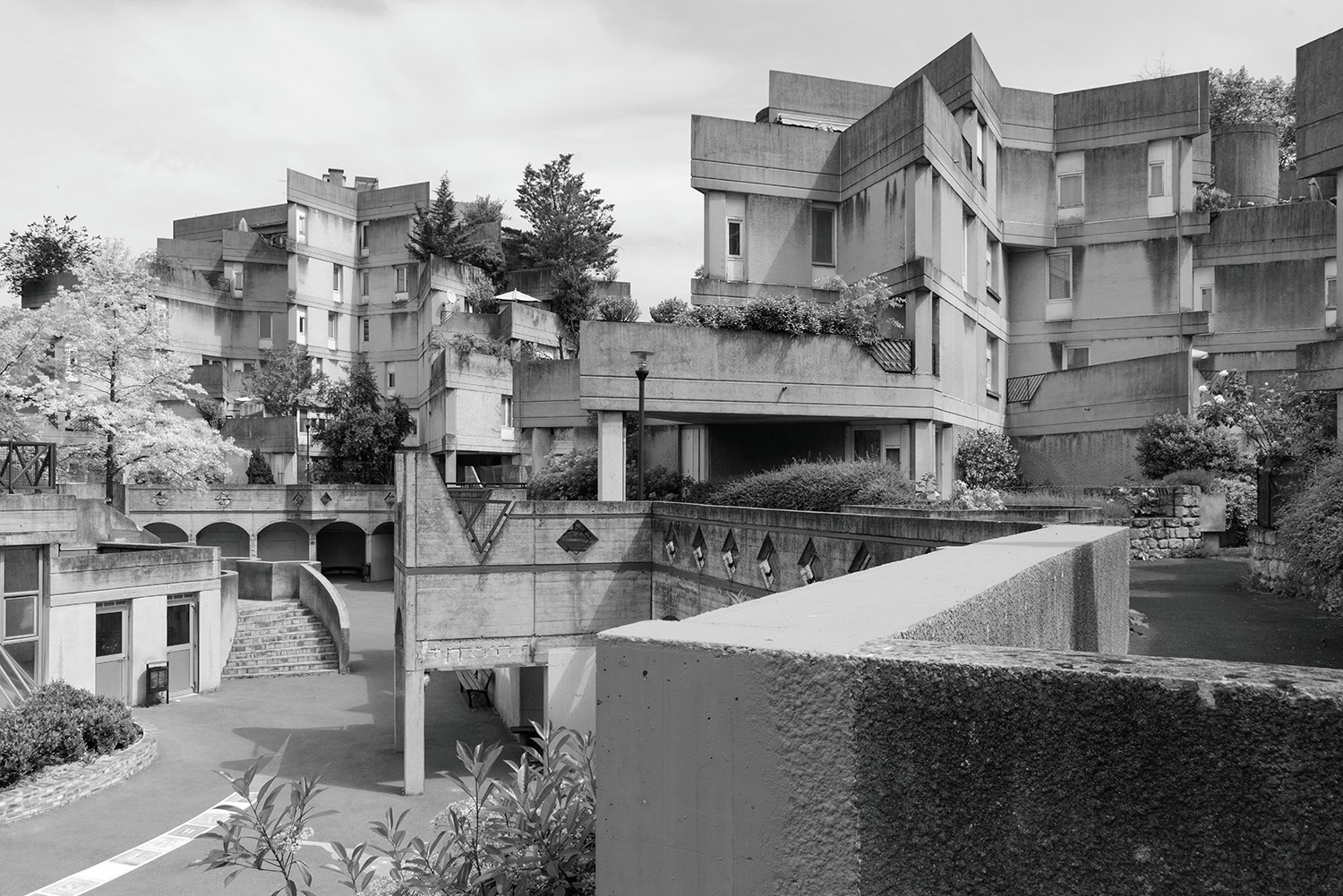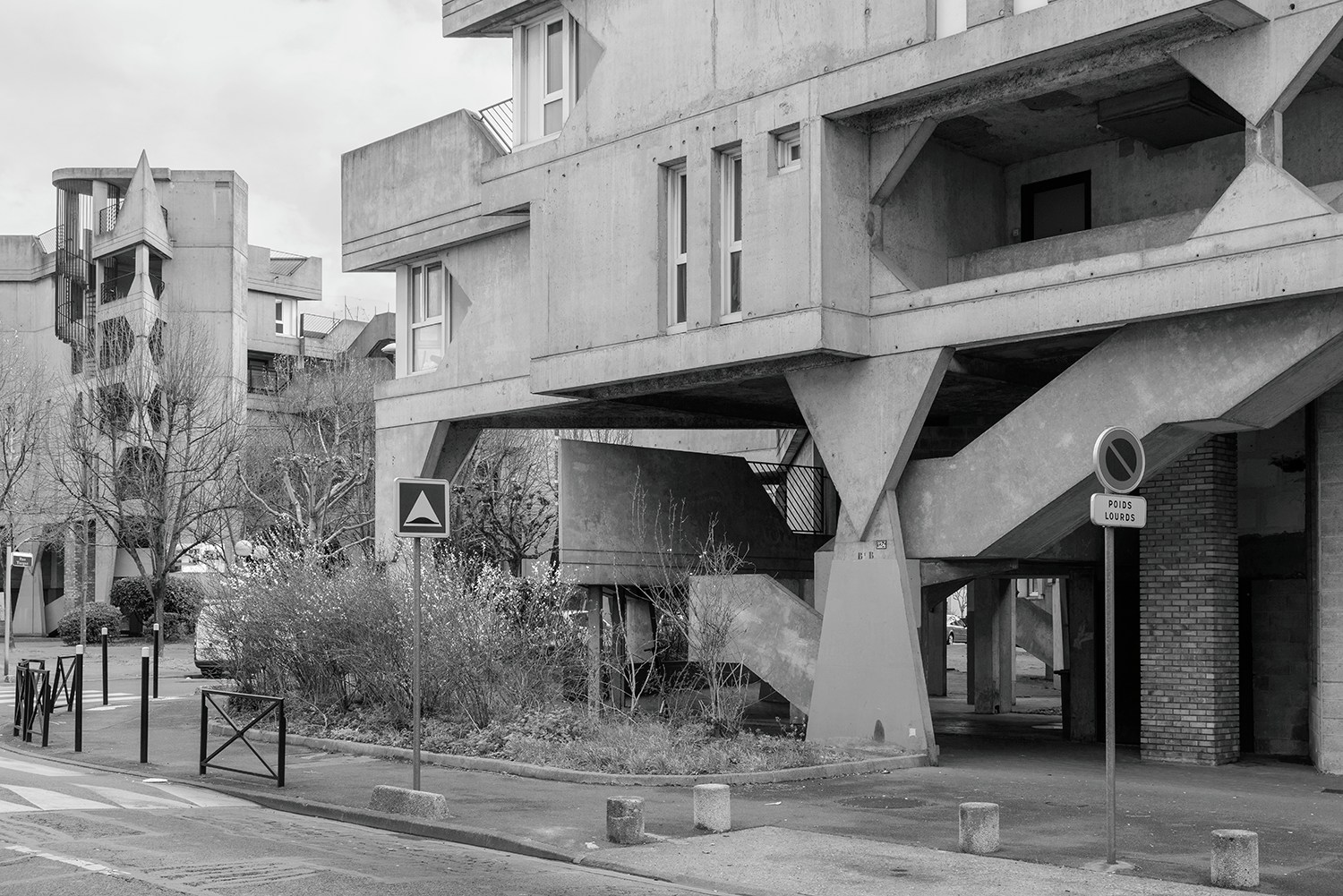‘Brutalist Paris’ is a book that lays bare the legacy of the city’s concrete architecture
Architectural cartographer Blue Crow Media launches ‘Brutalist Paris’, its first book, a photographic study of the French capital’s surviving brutalist treasures and concrete impasses

The photography and essays in Brutalist Paris are underpinned by five years of research into modernist architecture in the French metropolis; they celebrate the city's brutalist architecture, and also make up the first, expansive architecture book from Black Crow Media, long-time specialist in concrete cartography.
With photography by Dr Nigel Green of Photolanguage and words by Bartlett associate professor Dr Robin Wilson, Brutalist Paris is very far from being a light-hearted skim over the uncompromising aesthetics of the city’s post-war concrete architecture. Instead, it puts the spotlight on 50 key buildings, connecting them with seven academic essays that look deep into French culture’s relationship with architecture, modernity, and social change.

Inside Brutalist Paris
Brutalism will always be controversial, despite the uptick in interest driven almost entirely by this architecture’s undeniable aesthetic presence. Paris has many icons of the genre, including important works by Oscar Niemeyer’s abstract Communist Party Headquarters (1968-80), Lucio Costa and Le Corbusier’s Maison du Brésil (1959), and Harry Seidler’s Australian embassy of 1978, designed with Marcel Breuer and Pier Luigi Nervi, all represented here.

Arguably, such works were underpinned by France’s much stronger modernist – and socialist – tradition. The flipside was the uncompromising mass housing projects that sprang up in the suburbs, intended as epic and soul-stirring, but resulting as forbidding and bleak. The inclusion of the occasional ruin highlights the dichotomy of raw concrete, forever fated to carry strong opinions, whether positive or negative.

Ivry-Cité du Parc and the Albert Einstein School, Jean Renaudie, Nina Schuch and Serge Renaudie, 1982-83 (photograph: Nigel Green)
Blue Crow Media’s maps are a concrete-lover’s dream, with over 50 published since 2017. These include explorations of Berlin, Montreal, Boston, Los Angeles, Prague and its recent study of modern Cambridge architecture. We welcome its shift into books – and happily, the end papers still contain a map.

Multi-storey car park, Noisy-le-Grand, Jacques Kalisz and Roger Salem, 1977 (photograph: Nigel Green)

Cité Rateau, Atelier Renaudie, 1984 (photograph: Nigel Green)
Brutalist Paris, Robin Wilson, photographs by Nigel Green, Blue Crow Media, £24, published 1 March 2023
Receive our daily digest of inspiration, escapism and design stories from around the world direct to your inbox.
Also available to pre-order at Waterstones.com
Jonathan Bell has written for Wallpaper* magazine since 1999, covering everything from architecture and transport design to books, tech and graphic design. He is now the magazine’s Transport and Technology Editor. Jonathan has written and edited 15 books, including Concept Car Design, 21st Century House, and The New Modern House. He is also the host of Wallpaper’s first podcast.
-
 Art and culture editor Hannah Silver's top ten interviews of 2025
Art and culture editor Hannah Silver's top ten interviews of 2025Glitching, coding and painting: 2025 has been a bumper year for art and culture. Here, Art and culture editor Hannah Silver selects her favourite moments
-
 In Norway, remoteness becomes the new luxury
In Norway, remoteness becomes the new luxuryAcross islands and fjords, a new wave of design-led hideaways is elevating remoteness into a refined, elemental form of luxury
-
 The rising style stars of 2026: Oscar Ouyang is taking knitwear into new realms
The rising style stars of 2026: Oscar Ouyang is taking knitwear into new realmsAs part of the January 2026 Next Generation issue of Wallpaper*, we meet fashion’s next generation. Born in Beijing, Central Saint Martins graduate Oscar Ouyang is inspired by anime, medieval folklore and his friends’ wardrobes
-
 In addition to brutalist buildings, Alison Smithson designed some of the most creative Christmas cards we've seen
In addition to brutalist buildings, Alison Smithson designed some of the most creative Christmas cards we've seenThe architect’s collection of season’s greetings is on show at the Roca London Gallery, just in time for the holidays
-
 The Architecture Edit: Wallpaper’s houses of the month
The Architecture Edit: Wallpaper’s houses of the monthFrom wineries-turned-music studios to fire-resistant holiday homes, these are the properties that have most impressed the Wallpaper* editors this month
-
 David Kohn’s first book, ‘Stages’, is unpredictable, experimental and informative
David Kohn’s first book, ‘Stages’, is unpredictable, experimental and informativeThe first book on David Kohn Architects focuses on the work of the award-winning London-based practice; ‘Stages’ is an innovative monograph in 12 parts
-
 Modernist Scotland explores the country’s impressive legacy of contemporary architecture
Modernist Scotland explores the country’s impressive legacy of contemporary architectureA new book, Modernist Scotland, delves into the art and ambitions of the International Style in post-war Scotland, presenting 150 projects that typify an age of optimism and innovation.
-
 An Australian holiday home is designed as a bushfire-proof sanctuary
An Australian holiday home is designed as a bushfire-proof sanctuary‘Amongst the Eucalypts’ by Jason Gibney Design Workshop (JGDW) rethinks life – and architecture – in fire-prone landscapes, creating a minimalist holiday home that’s meant to last
-
 This modernist home, designed by a disciple of Le Corbusier, is on the market
This modernist home, designed by a disciple of Le Corbusier, is on the marketAndré Wogenscky was a long-time collaborator and chief assistant of Le Corbusier; he built this home, a case study for post-war modernism, in 1957
-
 Richard Seifert's London: 'Urban, modern and bombastically brutalist'
Richard Seifert's London: 'Urban, modern and bombastically brutalist'London is full of Richard Seifert buildings, sprinkled with the 20th-century architect's magic and uncompromising style; here, we explore his prolific and, at times, controversial career
-
 Louis Kahn, the modernist architect and the man behind the myth
Louis Kahn, the modernist architect and the man behind the mythWe chart the life and work of Louis Kahn, one of the 20th century’s most prominent modernists and a revered professional; yet his personal life meant he was also an architectural enigma